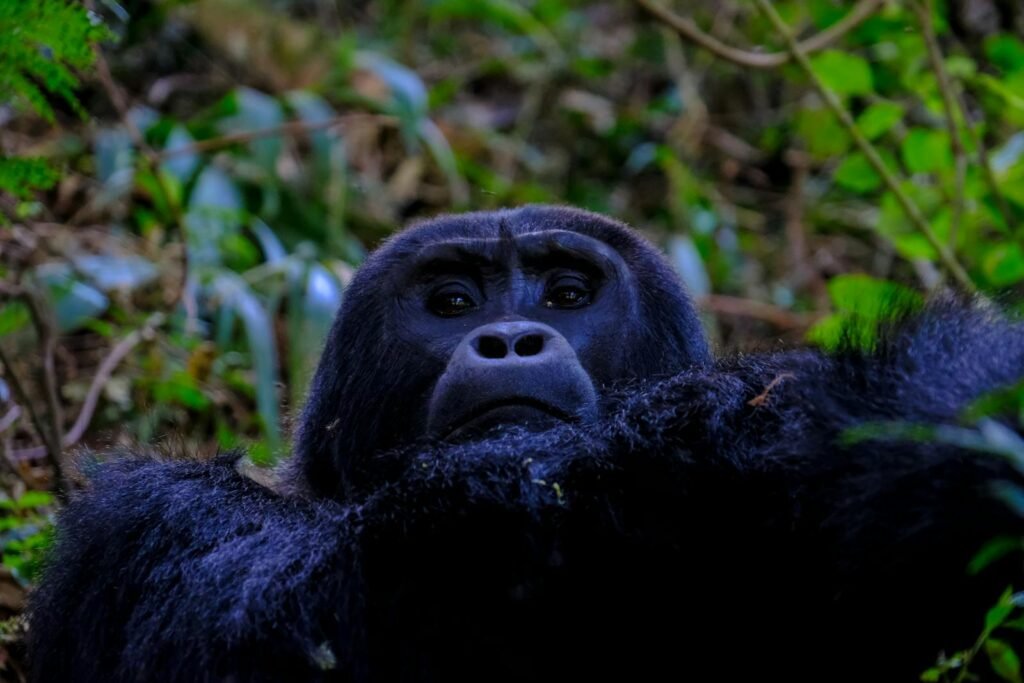Cats, cherished for their mysterious and independent nature, possess a unique set of sensory abilities that set them apart from many other animals, including humans. One of the most fascinating aspects of a cat’s sensory capabilities is its vision. Feline vision has evolved to suit the hunting and survival needs of these agile predators, and by exploring how your cat sees the world, we can gain insights into perception itself.
The Anatomy of Feline Eyes

The structure of a cat’s eyes provides clues about their visual world. Cats have relatively large eyes compared to their head size, maximizing their ability to capture light. The pupil, capable of expanding to a greater extent than in humans, allows cats to adapt to various lighting conditions. Their eyes are equipped with a tapetum lucidum, a layer of reflective cells that enhances their night vision. This structure is also responsible for the eerie glow often seen when light hits a cat’s eyes in the dark.
Day vs. Night Vision

While humans are primarily diurnal, cats are crepuscular, meaning they are most active during the dawn and dusk periods. Their vision is adapted accordingly. Cats possess a higher number of rod cells in their retinas, which are responsible for detecting light and motion. This adaptation provides them with superior night vision compared to humans. However, this comes at a cost. Cats have fewer cone cells, which are responsible for color perception, meaning they do not see in rich colors as humans do.
Color Perception in Cats

While cats do not see the world in black and white, their color perception is limited. They likely see the world in shades of blue, gray, and a hint of yellow. Humans have three types of cone cells, allowing us to detect a broad spectrum of colors, including reds and greens. In comparison, cats only have two types of cones. This dichromatic vision suggests that the world appears less vibrant to cats, focusing on contrast and movement rather than color differentiation.
Field of View and Focus

Cats boast a field of view of approximately 200 degrees, wider than the human field of 180 degrees. This panoramic vision aids in detecting peripheral movement, crucial for spotting prey. However, their focus, particularly on objects directly in front of them, is less sharp than ours. Cats are near-sighted and can see clearly up to a few meters away, making them excellent at seeing things at a distance rather than close-up detail.
Depth Perception and Motion Detection

The overlapping fields of view from each eye give cats excellent depth perception, critical for hunting and navigating their environment. Additionally, their ability to detect motion is outstanding. Cats can identify the slightest movements, a skill that is heightened in low-light conditions. Their brains are wired to detect movement, translating into quick reflexes that are essential for capturing prey.
Understanding Perception Through Feline Eyes

Studying how cats perceive the world can teach us about the concept of perception itself. Perception is not simply about the physical attributes of seeing but involves interpreting those visual signals by the brain. Cats have deviated in their evolution to prioritize certain visual skills that humans might not emphasize, revealing how adaptability plays a crucial role in the development of sensory systems.
Conclusion: Lessons from Feline Vision

Exploring feline vision opens up valuable lessons about the nature of perception and the diversity of sensory experiences. While the visual world of a cat differs greatly from ours, it serves them perfectly for their ecological niche. Understanding these differences highlights the adaptability of sensory systems and offers a reminder that perception is subjective, molded by the needs and priorities of the organism. Through our cats, we gain not only companionship but also insight into the marvel of evolution in shaping the senses.




